This is part two in our conversation around the impact of social media on electronic music, which explores how social media may be changing music itself. In part one, we analysed how changes to Facebook have forced artists to migrate to platforms like Instagram, where image is everything, and how artists are exploiting these changes for gigs and sponsorships.
It’s uncontroversial to suggest that social media is changing society. We’ve watched as it has influenced everything from political outcomes, political discourse, how we connect with one another and how brands and corporations connect with us.
And as I touched upon in the first article in this series, social media is also greatly changing the music industry. It’s influencing how artists are booked and who gets the most bookings. It’s shaping how we listen to music, how we pay for music and how music reaches us. But one question has so far gone largely unanswered — is social media changing music itself?
“It obviously is,” philosopher and digital artist Mat Dryhurst says. And at first glance, it might seem obvious why. The biggest song of 2019 has so far been “Old Town Road” by Lil Nas X. Its creator first gained fame through viral comedy videos on Facebook, then migrated to Twitter where he rocketed to viral fame regularly. When “Old Town Road” didn’t get much initial radio play, Lil Nas X used it to soundtrack #YeeHaw memes on TikTok, where young people dress up like cowboys and cowgirls to sing along to his song. “I promoted the song as a meme for months until it caught on to TikTok and it became way bigger,” 19-year-old Lil Nas X, real name Lamar Hill, told Time. As ridiculous as it all might sound, “Old Town Road” just topped the Billboard Hot 100 for the 12th week running at the time of writing, overtaking Drake’s 11-week run with “God’s Plan” last February — previously the chart’s longest reign.
It’s an incredible run. But, the promotion worked because Hill understood brilliantly how to manipulate social media’s insatiable algorithms. The user was the star, while the song was used as a catchy background theme for visual gags and fun, making it both likeable and shareable. It was a meme that became a song, and its creator was a viral star who became a not-so-accidental pop star.
“There are many musicians who are thriving where I would argue that the music itself is a secondary consideration, and perhaps the image is primary,” Dryhurst says. “This is nothing new. However, the supremacy of image over sound in music is more severe than it has ever been.”
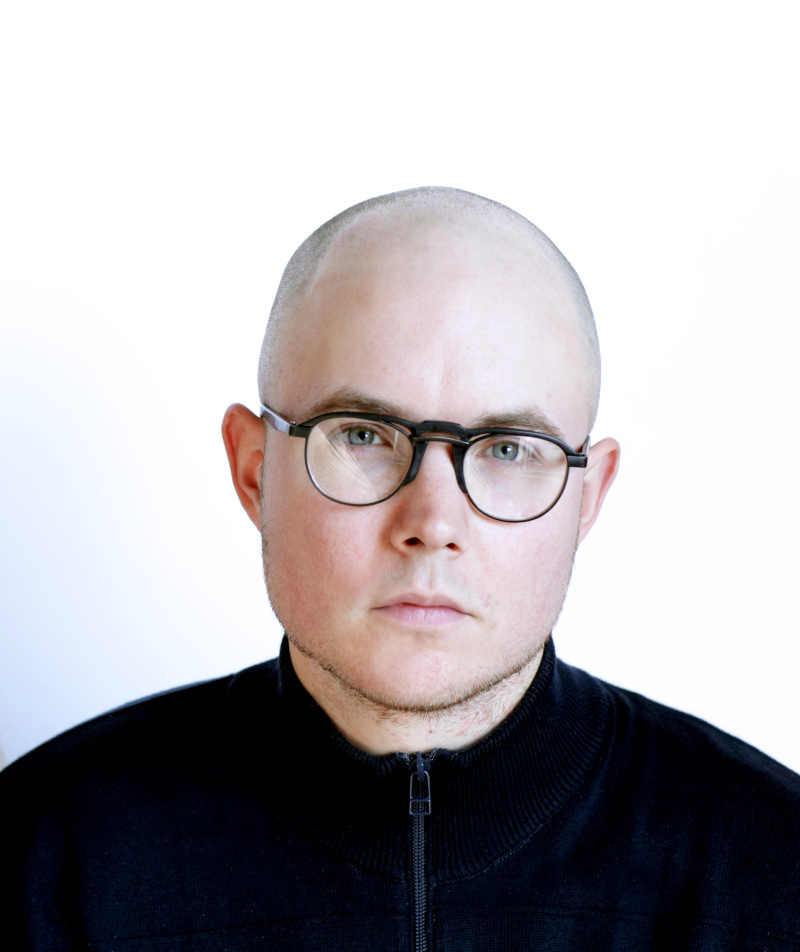
Pop has always been image obsessed. So it makes sense that pop is where we’d see the earliest signs music itself was being shaped by our new social media-centric reality. But Dryhust and others argue that social media is shaping music in more insidious and hard-to-define ways. And electronic music is not immune to these changes.
“Musicians are far more image conscious than they were 20 years ago,” UK dubstep artist Plastician says. “Image has always mattered in art, especially in pop, but now image matters to nearly everyone with an online presence.” But beyond influencing who becomes famous — artists who are better suited to our increasingly visual world — Plastician fears social media’s impact has been detrimental to musical creativity and fearlessness. When it feels like everyone is watching you, it’s difficult to be different, musically or otherwise. “I think this is why we haven’t had an emerging scene, particularly in London.”
Social media is shaping music in more insidious and hard-to-define ways. And electronic music is not immune to these changes.
Plastician, real name Chris Reed, was a central figure in London’s noughties dubstep scene. While MySpace launched in 2003, the social media landscape as we know it was still many years off. New and groundbreaking music was shared through a network of connected DJs who played at club nights like Forward>>, and it was heard via shows by Kode9 and Reed on Rinse FM, which was still a pirate radio station at the time. Dubstep essentially thrived in a bubble, which is a luxury very few music scenes have today.
“I’ve grown up through these different genres of music and there always seemed to be something popping off in London,” Reed says. But the consistent spin of innovation at the core of London’s scene seems to have gone quiet in recent years. “Everyone’s worried about being different. The thing about different and unique on social media is that it’s either gonna work amazingly, or you’re gonna be the weird kid that no one wants to follow. And it’s like no one wants to take that risk, musically.”
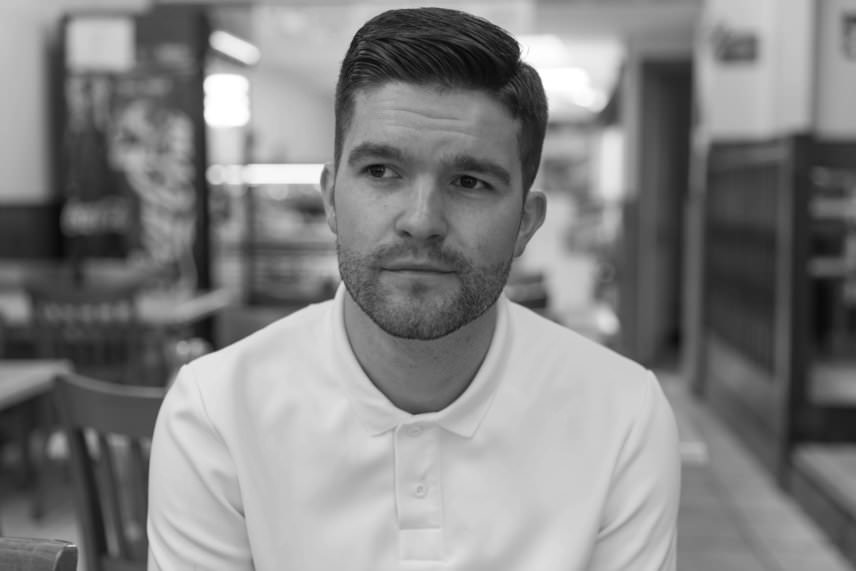
That doesn’t mean innovation in electronic music is stagnant everywhere. Pockets of incredible creativity have come from all over: there’s South Africa’s gqom, the house-kwaito-hip hop hybrid that rose out of the townships of Durban in the early 2010s; Egypt’s Electro Chaabi, birthed from sweaty populist movement sweeping across Cairo around 2013; and more recently, Bulgaria’s GORO has been weaving traditional pop folk melodies with dancehall and hip hop beats for some of the year’s most earnestly unique electronic music. Theres no doubt these are only a few of the many movements out there. But Juan MacLean worries that social media’s continued influence and expansion, coupled with the pull of global capitalism, might be having a homogenising effect.
“If you’re, for example, a kid in China with perhaps a limited music production setup, instead of setting about making whatever music is going to come out from that cultural context of living in that place, that kid can now be on the internet and see what everyone is doing in every region of the world in electronic music, and then judge how they would fit in,” MacLean says.
This has potentially devastating consequences. Young producers often copy their musical heroes. But today’s most famous electronic music stars show fans an impossibly luxurious lifestyle, one that many in poverty may understandably want to emulate. If successful, they’ll leave their city behind. And gone with them are the roots of a local music scene. Despite the obvious difficulties, Russia’s techno scene flourishes because brave and talented young people have chosen to build a musical community there. It references outside influences, sure, but remains largely insular and local, which, ironically, is why its gained so much external recognition. For MacLean, insularity was also what helped him launch at least one of the two musical movements he was a part of.
MacLean’s career started in the early ‘90s. He was part of a punk band called Six Finger Satellite that was discovered by the head of Sub Pop Records at South by Southwest, when the annual event was “a small thing for college radio,” MacLean says. By the millennium, MacLean’s musical direction had shifted towards electronic music. He was living in New York City, and remained close friends with James Murphy, singer for LCD Soundsystem and co-founder of DFA Records. “He asked me, ‘Is it okay if I start a record label to, you know, put out your first records?’” MacLean recalls.
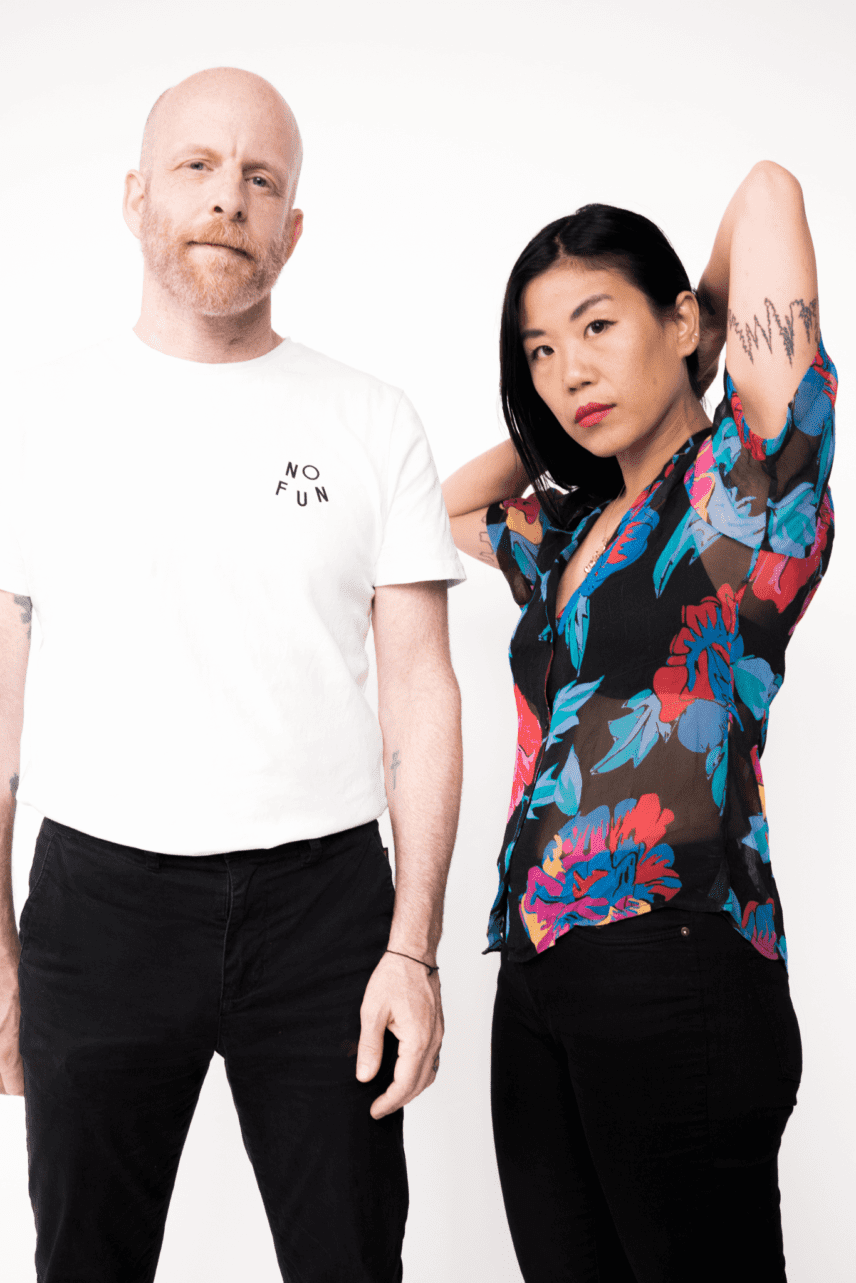
“I was like, ‘sure man, what do I care.’ We’re sitting in the studio making this dumb music that nobody’s going to care about. It had nothing to do with progressive house, which was huge at the time.” MacLean took his first record, which would later be released as a 12-inch on DFA, to a friend who worked at Other Music, “the most prominent alternative record store in the city for years,” he says. “I played it for him, and he said, ‘as your friend, I have to tell you that you should not release this record. You’ll be really embarrassed. It has nothing to do with what’s going on in electronic music right now. He was right.”
At the time, MacLean was largely disconnected from the global electronic music conversation. He avoided the city’s most popular clubs — “progressive house was really huge and it was very cheesy,” he says. And without the internet, wandering into a bookstore and picking up a magazine was one of the few ways he could access what was happening.
Released in 2002, The Juan MacLean’s “By The Time I Get To Venus” kick-started a wave of post-punk electronic music that helped catapult the producer into global stardom. If he had followed his friend’s advice and copied the millennium’s other popular style, IDM, “which I was super into at the time,” MacLean says, he believes he’d have wound up making “half-baked, mediocre, Aphex-style music.”
“Instead, I was naïve enough and ignorant enough and had an attitude of like, fuck it, here’s my thing. Take it or leave it. It makes me happy. And I think that sentiment and mentality is pretty much impossible now with social media.” Like Reed, MacLean believes social media enforces “mass conformity.” Not only are we constantly bombarded with images of other people projecting happiness and success, but when we successfully feed ourselves into the algorithm, we’re rewarded on a neurochemical level. As Facebook co-founder Sean Parker famously said in 2017, whenever someone likes or comments on one of your posts or photographs, you’re rewarded with “a little dopamine hit.”
The supremacy of image over sound in music is more severe than it has ever been.
Dopamine is a chemical produced by our brains “that plays a starring role in motivating behavior,” Trevor Haynes writes for Harvard University. It’s basically our reward chemical. We get a hit after eating food, after sex, after exercise, and, most importantly for social media, “when we have successful social interactions,” Haynes continues. “In an evolutionary context, it rewards us for beneficial behaviours and motivates us to repeat them.”
The inverse of this, of course, is that when musicians receive negative feedback on a song or set via social media, they’re biologically wired not to want to repeat those actions. And since social media is now where the majority of the conversation around electronic music takes place, it’s not difficult to see how social media’s instant feedback delivery — further fuelled by hateful trolls — might prove harmful for a musician’s mental health, creativity and originality.
“I could have a hundred nice comments, and have one bad one and I’ll forget all of the nice ones,” Reed says. He’s tried to build an emotional wall around himself so he doesn’t care about what people think. “And I like to think that I don’t. But honestly, I do.” And so that one negative comment can send Reed spiralling.
There are musicians who enjoy social media. Defected’s Sam Divine has been cleverly using social media since the days of MySpace to help build her label and DJ career. “I used to run this little radio show from my bedroom, and invite everyone to MSN and they could give their shoutouts there. And then as soon as Facebook came out, I was on that. And as soon as Instagram came out, I was on that.”
Divine believes social media has benefited her career “massively.” She says, “it’s been really drummed into me from the very start, you have to build your followers before promoters will touch you. And I think that’s so sad for up and comers. But that’s just the name of the game.”
Divine regularly advises younger artists on how to build their brand through social media. But she understands how difficult that is for people who aren’t as comfortable with maintaining an online presence as she is. “It’s always come so naturally to me because I built my career on this solid fanbase. But I’m very social media driven. As soon as I wake up, I do my emails, and I do my Instagram.” But Divine is lucky. In the decade she’s been active on social media, she’s had almost no negative interactions. “I’d say 99.9 percent of my comments are positive.” She was shocked to hear how much abuse men and, to a far worse degree, women receive in other circles of dance music.
As much as she enjoys social media, Divine also understands it’s not all positive. For instance, she thinks social media is heightening the sense of competition between artists who see a colleague’s bookings or follower count and become jealous. “But this is a lot of what I’m hearing from up-and-coming DJs. They’ve got it all at their fingertips.”
As Dryhurst sees it, increased competition is a consequence of “platform capitalism” — a term coined by Nick Srnicek that describes how the economy operates under platforms like Facebook, Uber, Google and Amazon. “Acknowledging how this new economy, and it’s odd personal and professional incentive structures, impacts the arts, democracy and future of civilisation, feels a little overdue.” Dryhust says.
“Under platform capitalism,” he continues, ”the distinction between private and public, personal and professional, has been blurred, and the platforms have become so integral to a life and career that it puts heavy pressure on how you express yourself, and I believe also how you think.”
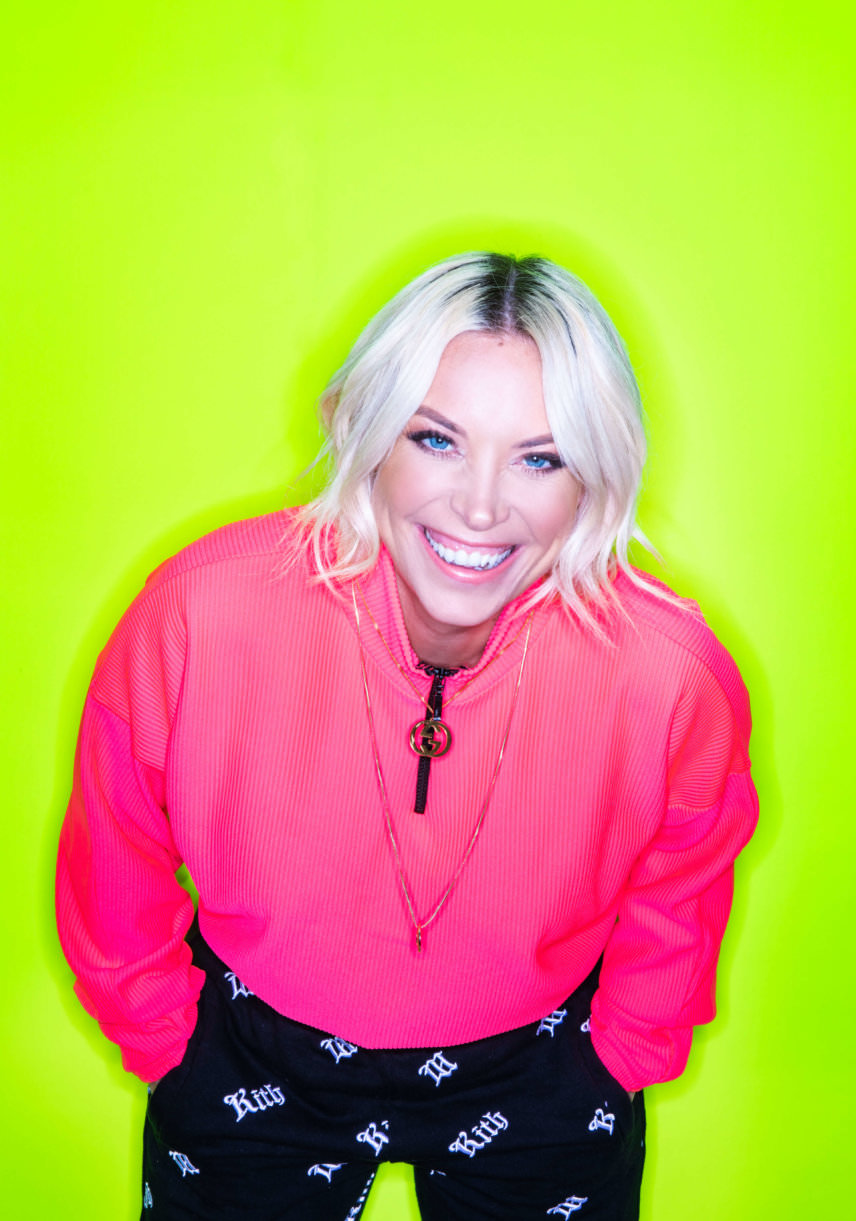
Artists who decide to use Instagram to further their careers may wind up viewing the world as a series of shareable moments. “We got married,” Divine says excitedly, “and the amount of likes we got back on sharing something that was music related but a part of private life was the most likes I ever got on one post.”
Or in the case of Dryhurst: “I have found that even my thought processes are beginning to structure themselves like tweets. This is unhealthy and anxiety inducing, to feel that you are always somehow working, and of course to see how others — who are presenting this edited version of themselves — are always somehow working.”
Or always somehow getting better gigs, higher billings, or more likes. “We are working, often in competition with one another, and concerned for our long term stability and prospects, to justify our existence on the platforms,” Dryhurst says. “In the most extreme circumstances, I have witnessed people in the public eye entirely staging their lives for the benefit of their platform presence.”
But the problem isn’t just one of vanities. The competitive elements of platform capitalism are exacerbated by the financial challenges of late capitalism. “There’s no freedom (anymore) to just kick back and do things for the sake of art,” MacLean says. Rising rents, deepening inequality and the loss of income from music production have made artistic experimentation nearly impossible for anyone who’s not already financially comfortable. “As a producer now, it’s like, how much do you really want to go out on a whim making art? Or, how much do you want to make music that you know will get you more DJ gigs?”
It's been really drummed into me from the very start, you have to build your followers before promoters will touch you.
Music is increasingly viewed as a commodity — a means to an end. And more than ever, social media is dictating what kind of music sees the benefits of those ends. “The music that is valued under Spotify — most useful to Spotify, with the music itself being a secondary consideration — is the music that bests fits on playlists, which incentivises people to make music in that direction,” Dryhurst says. “The music that is best valued on Twitter is that which can be accompanied by populist statements, which incentivises people to make those statements. The music that is best valued under Instagram is that which is accompanied by narcissism, which incentivises people to become more narcissistic. It is very simple.”
Ultimately, it seems increasingly likely that social media is having a direct influence on our music. Its algorithms are not only shaping our creativity and originality, but influencing who becomes successful, and the ease or difficulty with which musicians are able to navigate this new antagonistic and competitive reality.
In our final chapter in this series, we’ll look more closely at the impact social media is having on musician mental health, while discussing possible solutions and alternatives to the worst aspects of social media for musicians.
Chandler Shortlidge is a dance music journalist based in Berlin. Follow him on Twitter.
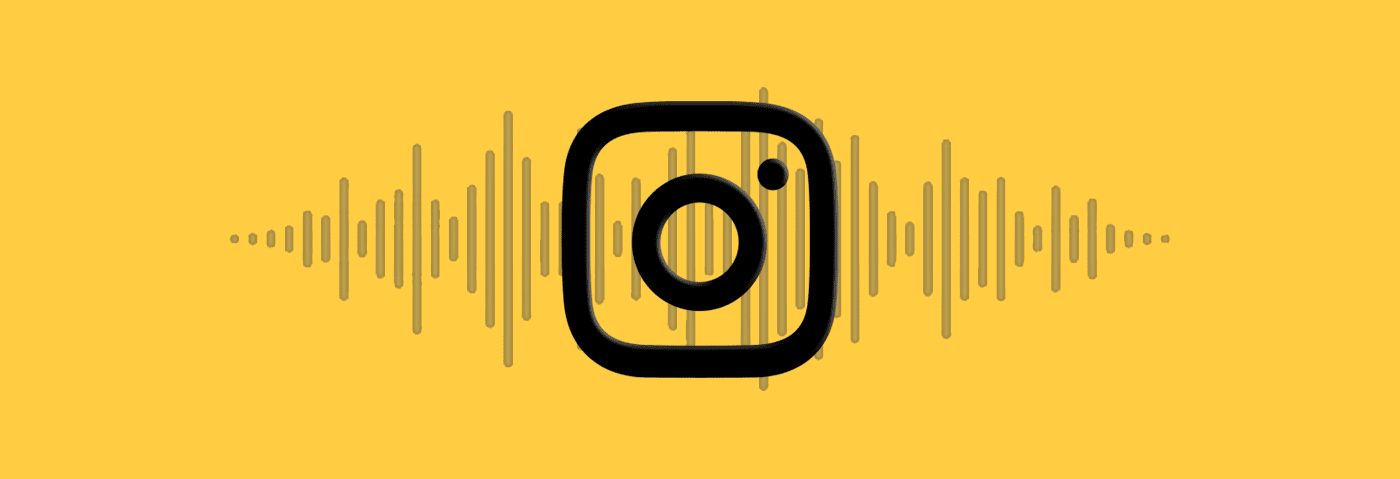
07.18 AM
Great read, but where’s part 3 ?